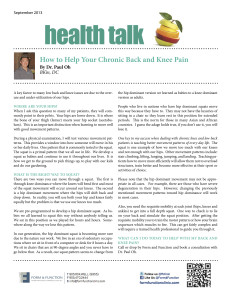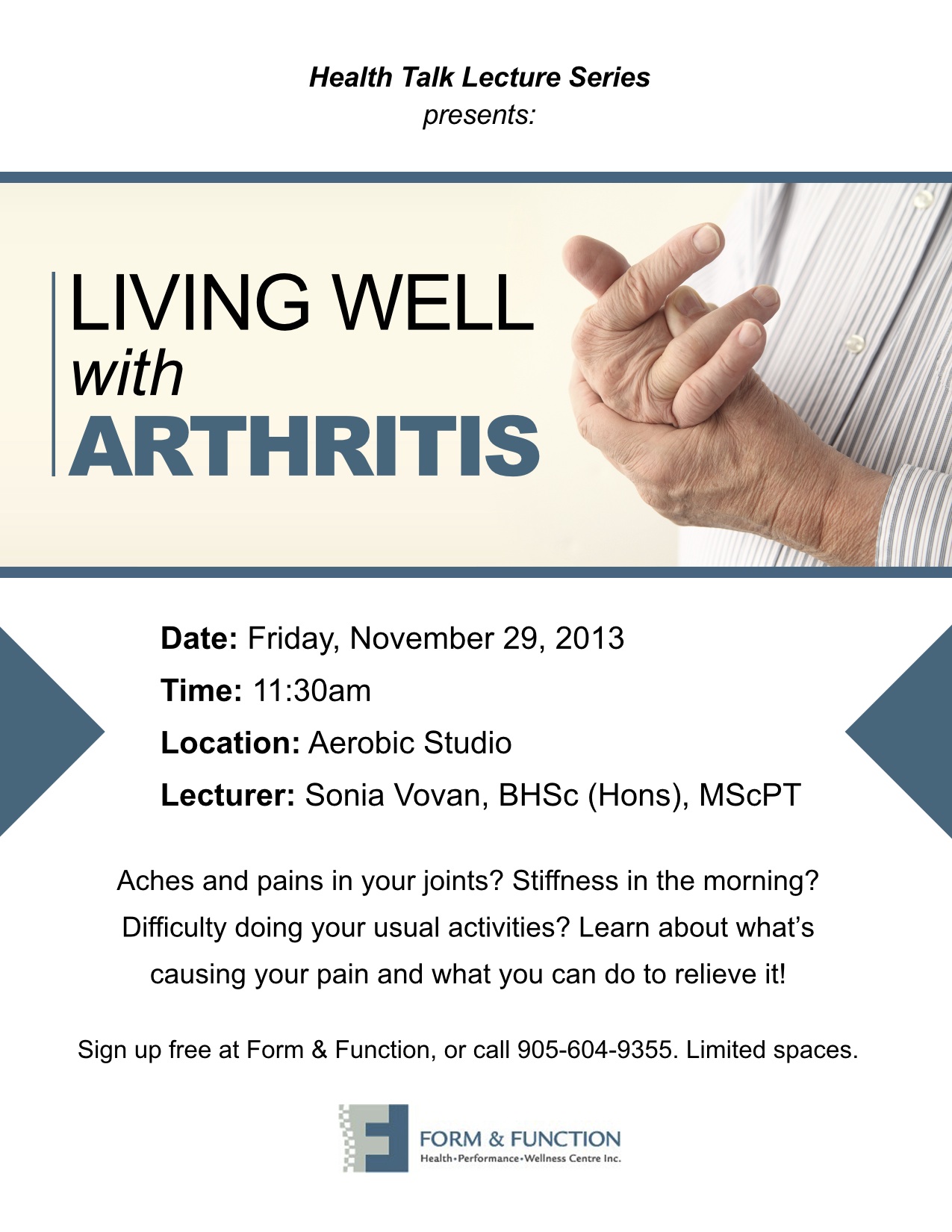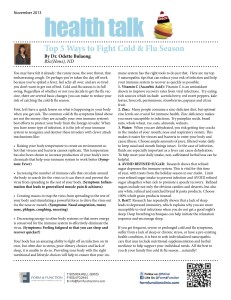Osteoporosis vs. Osteoarthritis
Osteoporosis and osteoarthritis often get confused for one another, as they both begin with ‘osteo’; however, they are completely different conditions – you may have only one of them or you may even have them both. Both conditions can cause pain and limit your mobility, but the underlying cause of the pain and mobility restrictions are treated differently. So it is important that you obtain an accurate diagnosis, in order to have a treatment plan that will be successful for you!
| Osteoporosis | Osteoarthritis | |
| Definition | It is a condition that involves the state of your bones. There is a decreased quantity and quality of your bone structure. This can increase your risk of getting a fracture. It affects your overall bone structure. |
It is a condition that involves the state of your joints. There is a thinning and destruction of the cartilage that is normally at the ends of bones. There can also be changes to the bone that lies underneath the cartilage.It affects specific joints. |
| Symptoms | It produces no symptoms, even as the condition progresses. Only when the bone has become weakened to a point that a simple movement (i.e. bending over to pick up something heavy) can cause a fracture, can pain occur. | It produces significant pain that can result in restricted mobility and stiffness. The joints may also appear larger over time, due to an accumulation of fluid in the joint. |
| Risk Factors | Major Risk Factors:
– Low bone mineral density
|
Internal Risk Factors:
– Age External Risk Factors: – Obesity |
| Exercise Therapy | The exercise program would be individualized to the person to include weight-bearing and strength training exercises that can help stop bone loss, maintain/increase bone density, or increase balance and prevent falls. | The exercise program would be individualized to the person to include range of motion and strength training exercises of the muscles surrounding the joint, in order to provide support to the weak and painful joint.If the damage to the joint is severe, a joint replacement surgery may be needed. An exercise program can also be developed in order to prepare yourself for surgery and for recovery after surgery. |
Come into Form & Function to be assessed by one of our healthcare professionals, in order to have a treatment plan developed that will work best for you!
Sonia
Physiotherapy Resident
Achilles’ Tendon Injuries
The Achilles’ tendon is the largest tendon in your body and is located in the back of your ankle. It is a commonly injured tendon in the body. There can be many factors leading to injury:
– Excessive ankle pronation: All tendons like to used in a linear fashion. When there is excessive ankle pronation, this causes the Achilles’ tendon to be stressed on the one side more than the other due to poor biomechanics. Over time, this one-sided stress can lead to repetitive overuse injuries like tendinitis.
– Tight calves: Your calves are primarily formed by two large muscles (gastrocnemius and soleus) which attach to the Achilles’ tendon. If they are excessively tight, it puts undue stress (especially if you also have excessive ankle pronation) on the tendon and can also lead to injury
– Weak hips: Weak gluteal muscles can lead to poor biomechanics all the way down to your feet, affecting your Achilles’ tendon by placing undue stress on one side of your tendon, similar to excessive pronation.
– Previous ankle injury: Any previous traumatic injury (ie sprain, fracture) can lead to scar tissue buildup, loss of range of motion and stretch which can lead to altered ankle biomechanics.
– Sudden high impact activity increase: Increasing your activity too quickly can place too much stress on the Achilles’ tendon for it to properly heal after each activity session (ie. tennis, running, soccer, etc) leading to injury.
If you have any pain symptoms in your Achilles’ tendon, do not ignore them. Since Achilles’ tendon injuries are typically repetitive in nature, it could be a sign of an injury waiting to happen.
Proper biomechanics are key to treating and preventing this type of injury. Come into Form & Function and see one of our healthcare professionals to make sure your biomechanics are tip top shape!
Man Chun (Manni) Wong
Registered Physiotherapy
How to Help your chronic back and knee pain: Sept/Oct Newsletter
Find out how to help your Chronic Back and knee pain here FF_Newsletter_Sept2013



